Halloween means fun, costumes — and a serious sugar fest. But behind the sweet wrappers lies a real villain for your teeth. We talked with dentists who pinpoint exactly which treats wreak the most havoc — and more importantly, how you can still indulge without paying the price. Read on for the candy truth that your molars might be begging you to know.
Sticky Sweets That Stick Around
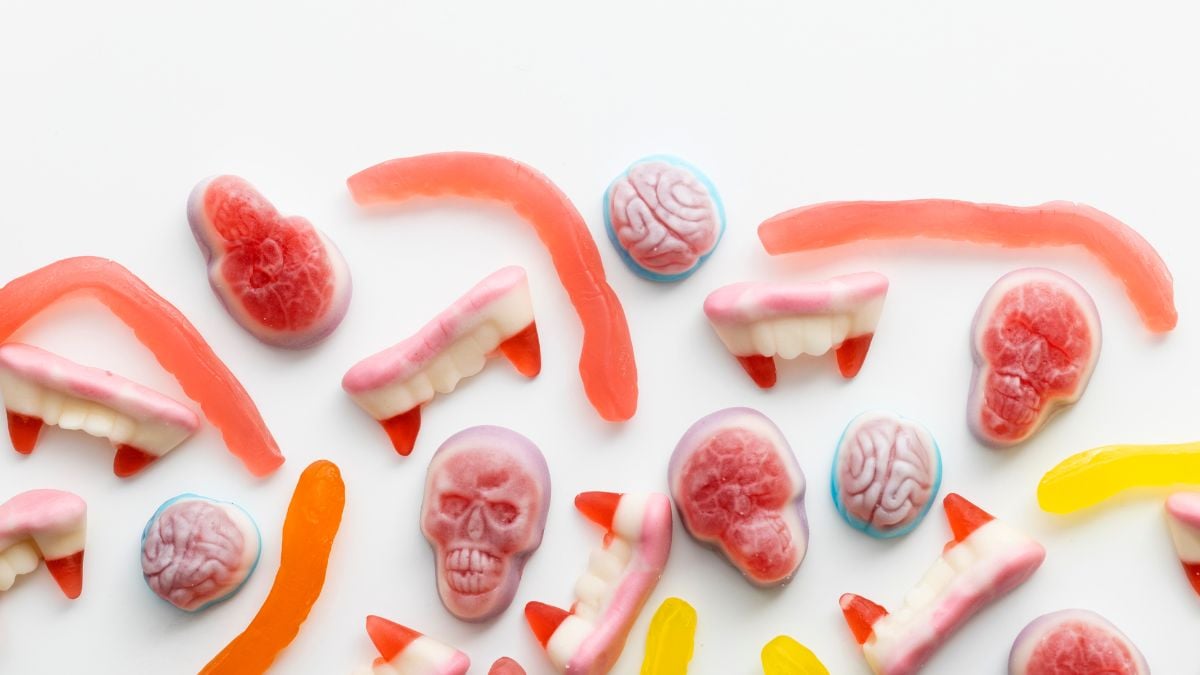
Sticky candies (think taffy, gummy bears, sticky caramels) are dangerous because they cling to teeth and stay there long after that first bite. According to Dr. Irina Kessler, once sugar lingers in crevices, cavity-causing bacteria get a feast. The longer the sugar stays, the worse the decay risk.
Sour Candies = Sugar + Acid = Trouble
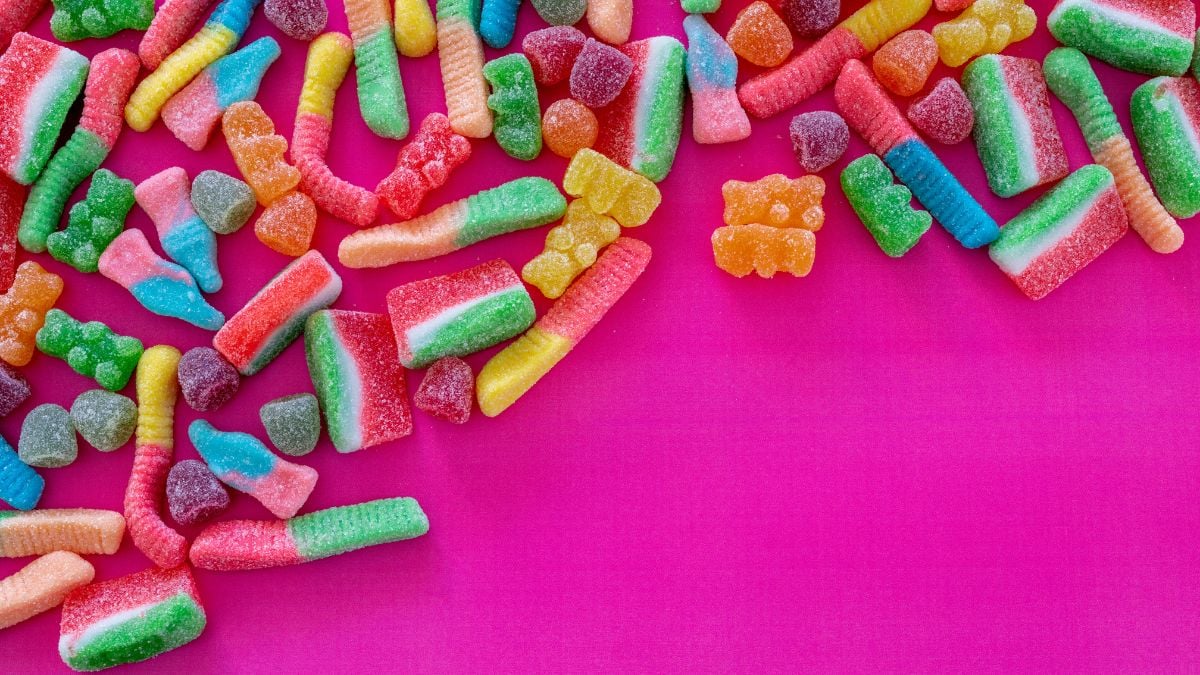
Sour candy isn’t just sweet — it’s acidic. And acidity can break down your tooth enamel. Dr. Kessler explains that sour treats pack a double whammy: sugar to fuel bacteria and acid to erode tooth protection. So yes—those puckery candies really are a double dental threat.
Hard Candy: The “Slow Poison” for Teeth
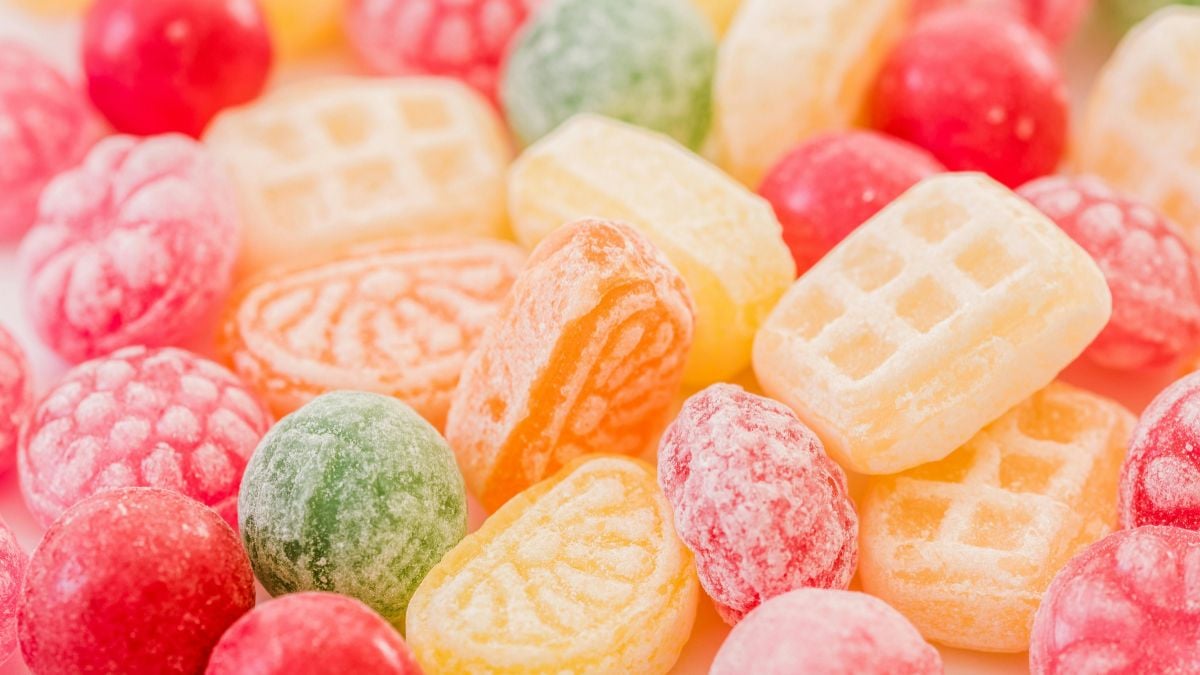
Hard candies might look innocent, but they pose two big risks: you either bite and crack a tooth, or you suck for minutes, exposing your teeth to sugar the whole time. As Dr. Dr. Natasha M. Flake warns, irreversible damage (like a root canal) can follow if you chip a tooth.
Your Enamel’s Worst Night: How It Works
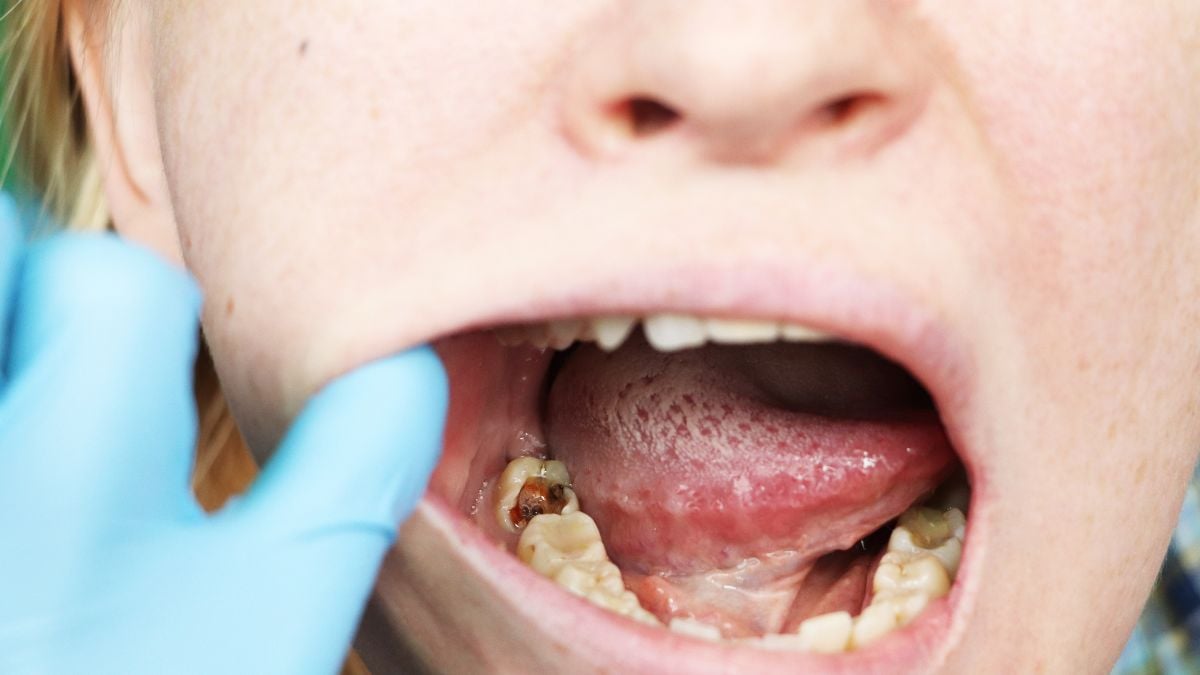
Here’s the mechanism: sugar feeds bacteria → bacteria produce acid → acid attacks enamel → cavities form. Add candy’s extra acidity or stickiness and the process accelerates. Your enamel doesn’t stand a chance.
The Big Candy Culprits to Watch
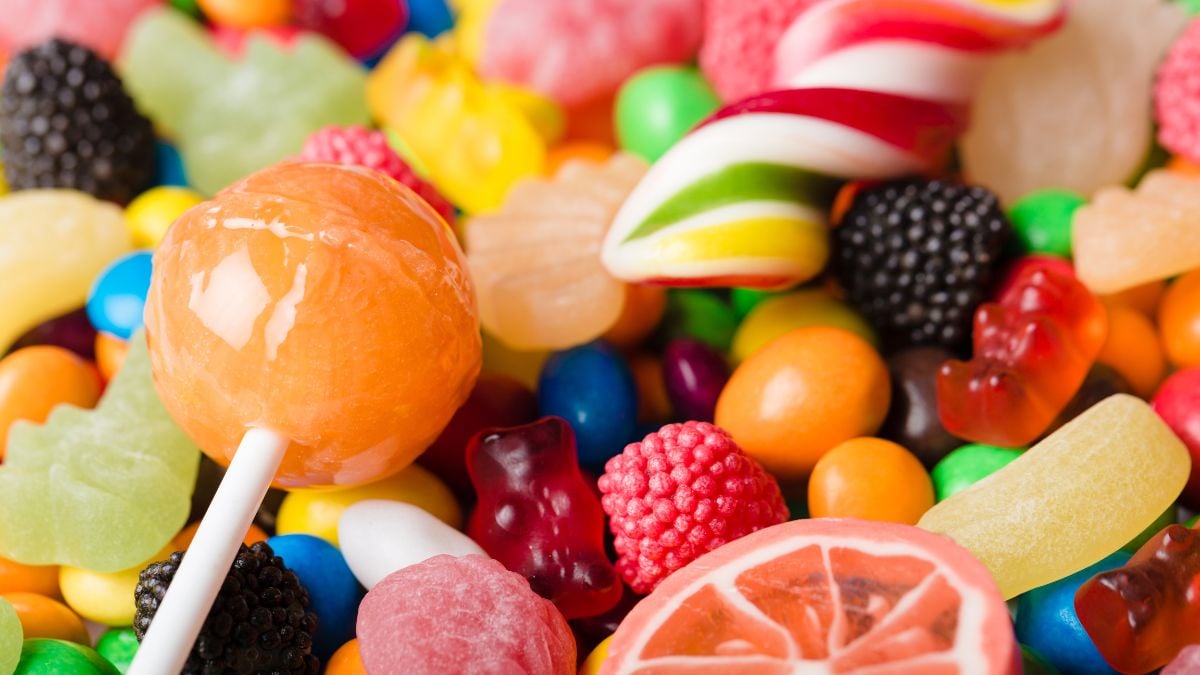
In the expert roundup: sour gummy brands (like Sour Patch Kids), chewy taffy (think Laffy Taffy), classic sticky caramels, hard lollipops (Tootsie Roll gets name-checked). These aren’t just sugary—they’re built to stick, linger, and damage.
Not All Candy Is a Smile Killer
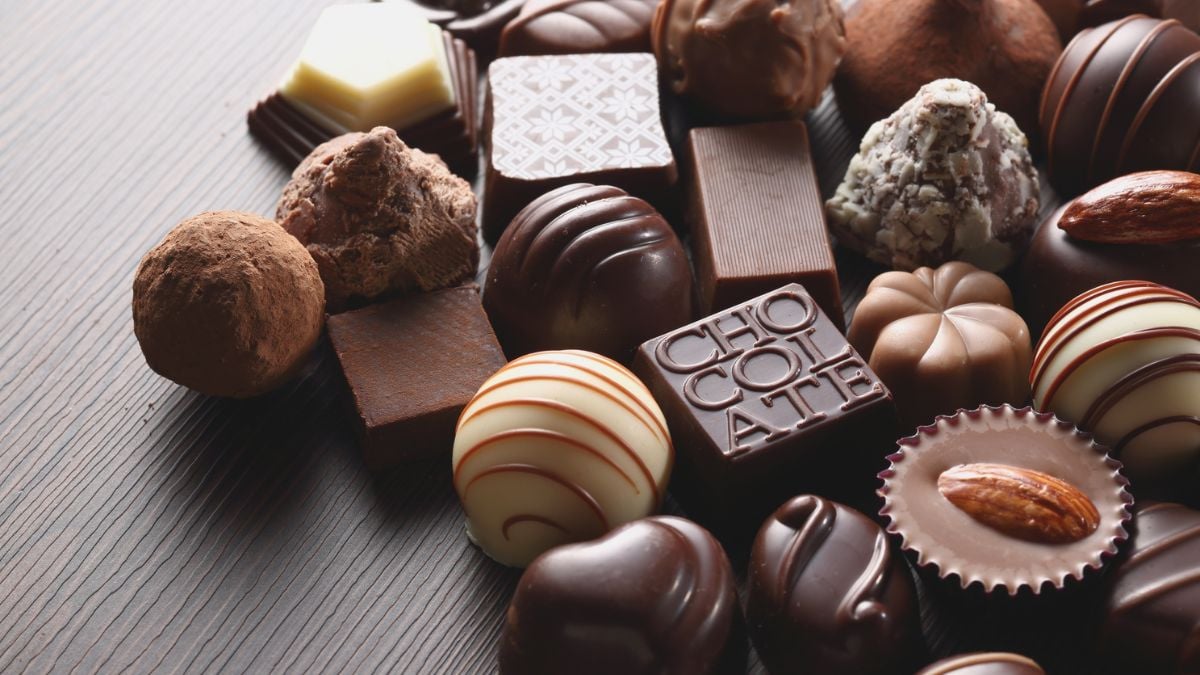
Some good news: Not every sweet treat is equally bad. The American Dental Association suggests chocolate (especially dark), candies that melt fast or sugar-free options, carry less risk. So yes, you still can treat yourself — just be selective.
Smart Candy Timing Tricks

Here’s where you flip the script: eat candy after meals rather than snacking all day. Why? Your saliva’s already working post-meal, which helps neutralize acids and wash away sugar. According to Dr. Flake, that little shift makes a big difference.
Water & Wait: Simple Post-Candy Hacks

Two golden rules: after your sweet treat, drink water and wait 30 minutes before brushing. Brushing immediately can damage softened enamel. So rinse, relax, let your mouth recover — then clean.
Good Hygiene: The Real Underrated Trick

No matter how clever your candy strategies, maintaining solid oral hygiene is key. Brush twice a day, floss daily, and see your dentist regularly. Dr. Kessler emphasizes that sugar and acid only win when you give them a long-term fight.

